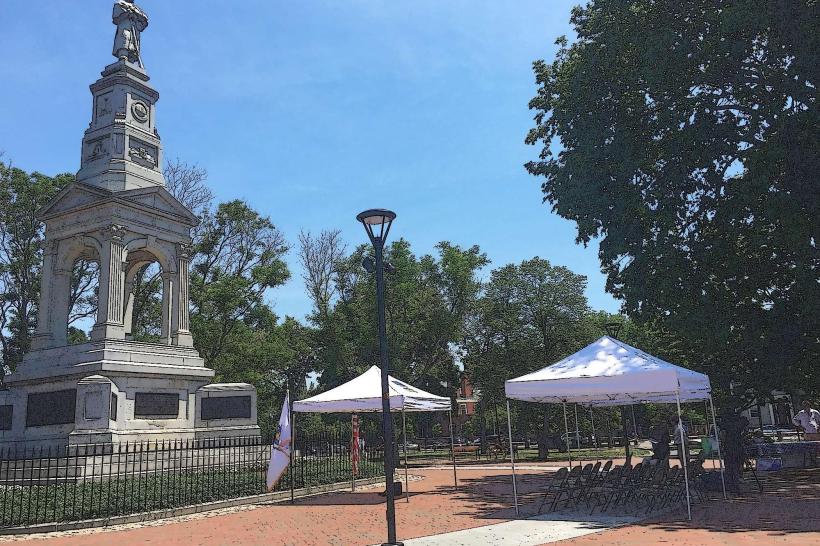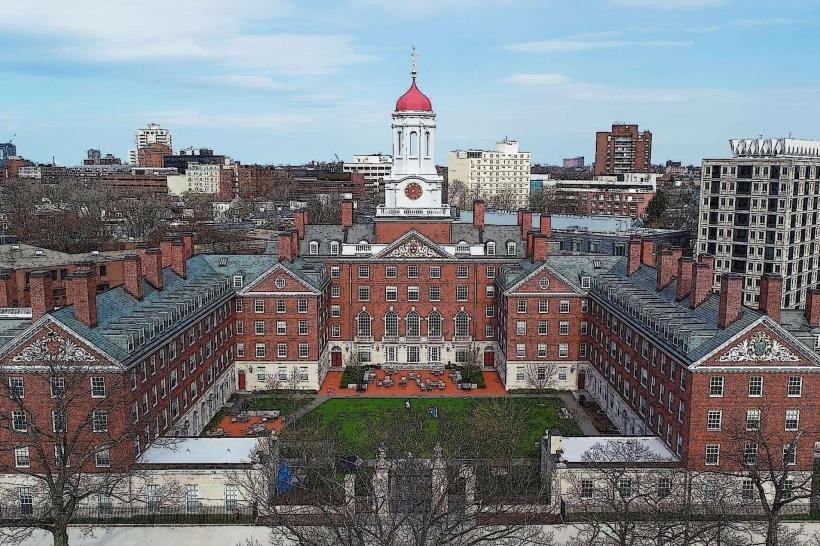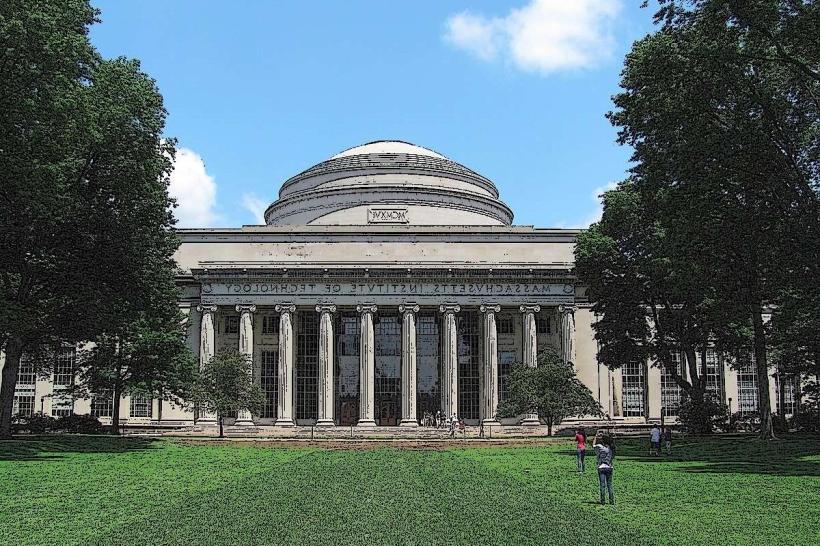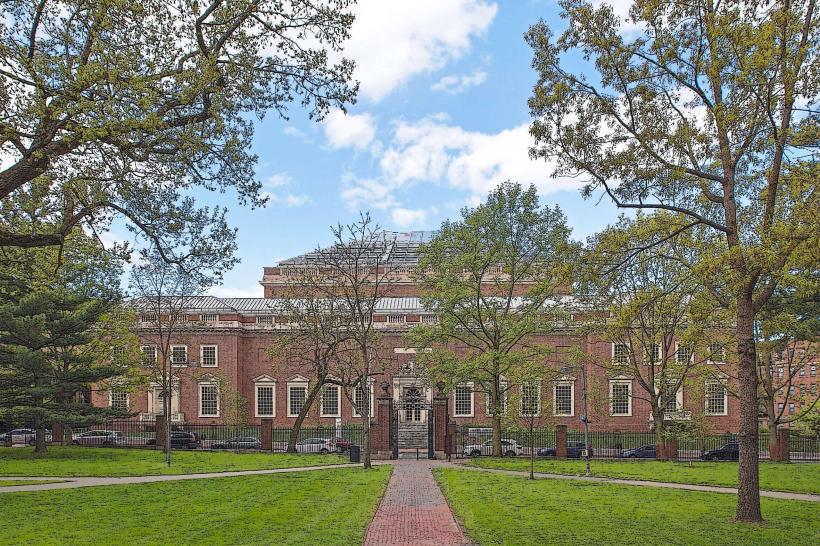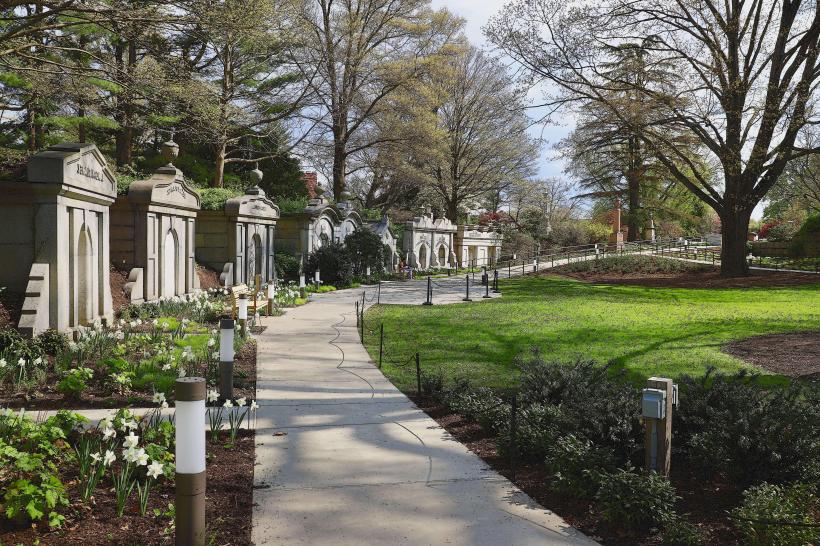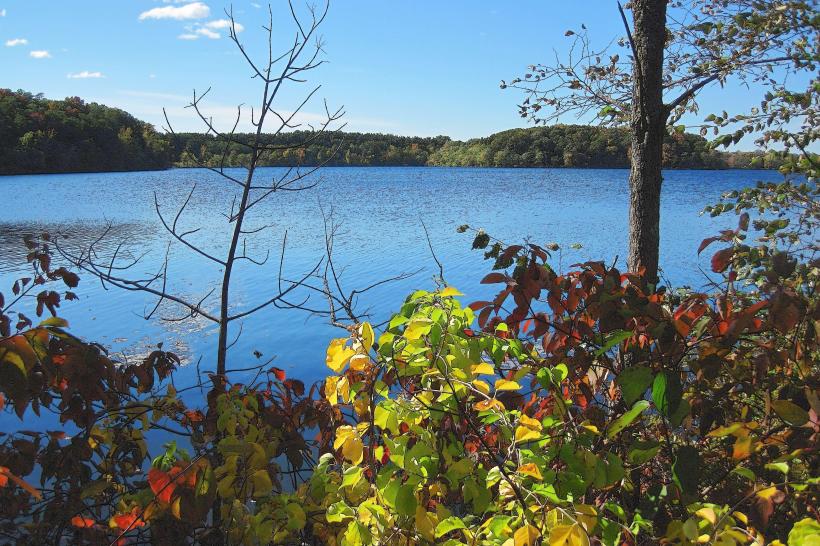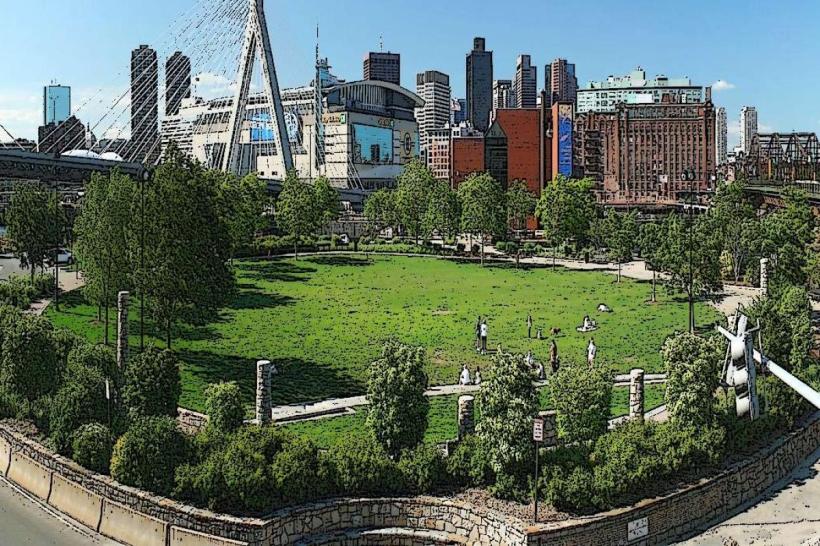Information
Landmark: Harvard Museum of Natural HistoryCity: Cambridge MA
Country: USA Massachusetts
Continent: North America
Harvard Museum of Natural History, Cambridge MA, USA Massachusetts, North America
Overview
The Harvard Museum of Natural History, tucked into 26 Oxford Street in Cambridge, Massachusetts, is a world-class museum affiliated with Harvard University, where glass flowers gleam under soft gallery lights, in conjunction with you’ll find a vibrant mix of specimens and exhibits that reveal Earth’s astonishing variety of life, blending hands-on research with engaging public displays to spark curiosity-like the iridescent wing of a rare butterfly catching the light.Founded in 1998, the museum brought together Harvard’s Herbaria, the Museum of Comparative Zoology, and the Mineralogical and Geological Museums, creating a single public space where visitors can explore everything from pressed wildflowers to glittering quartz, as well as harvard’s ties go back to the early 1800s, when it began gathering major scientific collections-shelves lined with glass jars and specimens-for teaching and research.The Harvard Museum of Natural History holds more than 12 million specimens-everything from glittering minerals to preserved bird wings-making it one of the world’s largest natural history collections, furthermore the museum brings biodiversity, geology, paleontology, and evolutionary science to life with immersive, hands-on displays-like fossils you can touch and maps that seem to glow under your fingertips.The Glass Flowers, part of the Ware Collection, are among the museum’s most celebrated treasures-a dazzling array of nearly 4,000 life-sized botanical models, each delicately hand-crafted in glass by Leopold and Rudolf Blaschka between 1887 and 1936, their petals so vivid you might swear you can smell them, also these glass sculptures capture plants with astonishing accuracy, every vein and petal rendered in shimmering detail.They’re works of art you can admire and lessons you can learn from at the same time."Animals in Our World" features an eye-catching mix of taxidermy mounts, clean white skeletons, and lifelike models, each capturing creatures from every corner of the planet, furthermore interactive displays and lively storytelling bring evolutionary biology, adaptation, and ecology to life, from the flash of a predator’s leap to the rustle of wind in a forest canopy.Step inside to witness glittering mineral clusters, vibrant gemstones, and meteorites older than the Earth itself, each piece telling a story about our planet’s inner workings and the vast universe beyond, after that in the paleontology hall, the museum showcases fossils of towering dinosaurs and long-extinct mammals, bringing to life millions of years of evolution.I think, Through vibrant multimedia displays, this exhibit dives into the richness of life, highlighting biodiversity and the urgent need to safeguard fragile ecosystems, from rain-soaked forests to coral reefs, in turn the museum backs Harvard’s research efforts and runs educational programs for every age group, from lively public lectures to hands-on workshops.Scientists and experts share their knowledge on biology, ecology, geology, and conservation-sometimes holding up a fossil or leaf to make a point, moreover in Family and School Programs, hands-on projects, guided tours, and lively workshops draw children and students into the world of natural science, letting them touch fossils or peer through microscopes.It seems, At the museum, you can dive into hands-on projects that invite people to help with research and protect wildlife-maybe by tracking bird sightings or testing water quality, what’s more the interactive exhibits invite visitors to get involved-touch the rough edges of real fossils, wander through ecosystems on radiant digital screens, and dive into learning activities that feel like play.The museum’s shop stocks educational books, unique gifts, and natural history souvenirs, and just steps away, the cafés serve warm coffee and fresh pastries, likewise the museum welcomes everyone, with ramps for wheelchairs, devices that help visitors hear clearly, and quiet corners where the noise fades away.Just steps from Harvard Square, the museum’s easy to reach by the MBTA Red Line at Harvard Station or several nearby bus routes, along with parking’s scarce-think a few tight curb spots-so it’s best to hop on public transit or wander.At the Harvard Museum of Natural History, rare scientific treasures sit beside vivid, hands-on displays that spark curiosity and teach visitors about the wonders of the natural world, meanwhile from the shimmering petals of the Glass Flowers to the sprawling halls filled with animal specimens and ancient fossils, the museum invites you to explore the vast story of life’s diversity and its long, winding evolution.It’s a key source of learning for Harvard and for the public, inviting people to discover and value nature through the lens of science and the beauty of art-like seeing a butterfly’s wing up close under glass.
Author: Tourist Landmarks
Date: 2025-10-06

